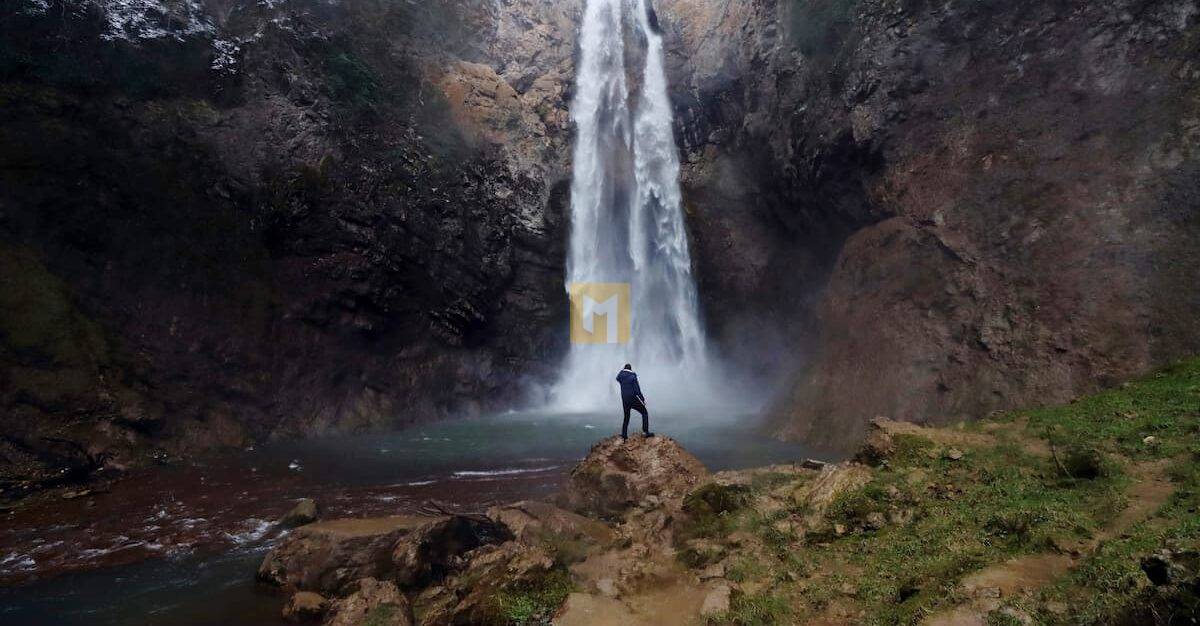Travel
THE BEST HIKES IN COSTA RICA’S CHIRRIPÓ NATIONAL PARK

THE BEST HIKES IN COSTA RICA’S CHIRRIPÓ NATIONAL PARK
Costa Rica’s tallest mountains rise in Chirripó National Park, a 50,150-hectare (125,600-acre) wildlife haven about 80 miles (130 km) south of San José in the Talamanca Mountains.
Known for its diverse ecosystem, it is home to more than 400 species of birds, 200 species of reptiles and about 50 mammals. This is a unique place for hiking and exploring that will satisfy anyone who wants to enjoy nature.
The best season for hiking in Chirripó National Park is the dry season, from December to April. Climatologically, this is the coldest region in the country and temperatures can drop below freezing, although snow is not known.
The gateway to Chirripó National Park is Gerardo de Rivas, where park permits are arranged before departure. To get there, you can either drive from San José or take two buses: one to San Isidro del General and the other to Gerardo de Rivas. Due to visibility and terrain, driving at night is not recommended.
Climbing the mountains of Chirripó National Park is completely accessible to anyone with a good level of fitness and a sense of adventure. It is also the best way to discover the region’s rich biodiversity. Below is a list of the best tops for this purpose.
1. CERRO CHIRRIPÓ – THE HIGHEST MOUNTAIN OF COSTA RICA
With a height of 3,821 meters, Cerro Chirripó is the namesake of the park and also the highest mountain in the country. It is the busiest in the area and shares part of its route with some other nearby peaks.
On average, it takes at least two days to reach the top if you stay at Crestones Hut, which is usually full during climbing season.
Different ecosystems at different altitudes provide a wide variety of environments to wander through as you ascend. Although this is the most iconic mountain in the area, there are many other silly options to explore that you can combine with Chirripó or choose as an alternative.
While it’s not a technical climb, it’s imperative to be in good shape and have a guide to do it. Since camping is not allowed and the cabin is usually full, make reservations well in advance or choose one of the other lesser-known but equally good options in the area.
2. CERRO VENTISQUEROS – FALSE PEAK AND Tough LOVE
The second highest mountain in Costa Rica is the Cerro Ventisqueros, which sits at an elevation of 3,812 meters. Both have similar terrain, but Ventisqueros is less crowded and has an exciting ridge near the summit that leads to a brutal false summit for the final ascent to the summit.
Much of the Ventisqueros route follows the same path as Cerro Chirripó, and the night shelter for this hike is also the Crestones, meaning accessibility has the same problem.
This is a perfect option to combine with the Chirripó climb or for hikers looking for a less crowded trail in the same area.
3. CRESTONES AND CERRO TERBI: ROCKY SPRAY AND AMAZING VIEWS
One of the notable landmarks of Chirripó National Park is the Crestones, an 80-meter tower that juts out from the top of Cerro Terbi. It is possible to climb Crestones. Otherwise, even a walk on Cerro Terbi is not a bad thing.
Cerro Terbi is located at an elevation of 3,760 meters (12,352 feet) and is accessible by several routes. Options include taking the same route as Chirripó and Ventisqueros to the Crestones Refuge and then a 2.3 km (1.4 mi) route to the Crestones/Terbi area or an alternate route through the Los Conejos Valley.
Another option is to climb Cerro Terbi via the Urán slope. This is a great alternative when Crestones are not available in the Hut. Regardless of the route, the top of Terbi is known for its incredible view of Cerro Chirripó.
4. CERRO URÁN: ALTERNATIVE AND IMPORTANT
Cerro Urán is located at an altitude of 3,600 meters a little further north than Cerro Chirripó and can be climbed in tandem or solo. The beauty of Uran is that the fauna is very similar to Chirripó, but the base station and hut are different and much less crowded.
The cabin in Paso de los Indios is more rustic than the Crestones cabin in Chirripo, but still offers the opportunity to follow the indigenous trail. This is another highlight of Uran.
On the combined Urán and Chirripó routes, both summits are encountered on the same day. The ascent starts from Urán, then there is a 5 km (3.1 mi) crossing from one peak to the other, and the descent is via the Chirripó side.
Hiking in Chirripó National Park is an unforgettable experience that allows you to experience Costa Rica’s rich biodiversity and wildlife.
Climbing the mountain in the Chirripó region, you will see wild tundra, rainforest landscapes, multicolored birds, exotic flowers and much more. It is a must for nature lovers with a passion for discovery.
















